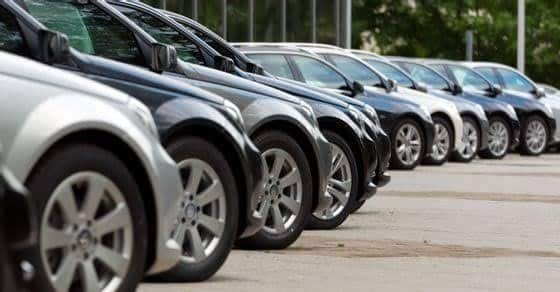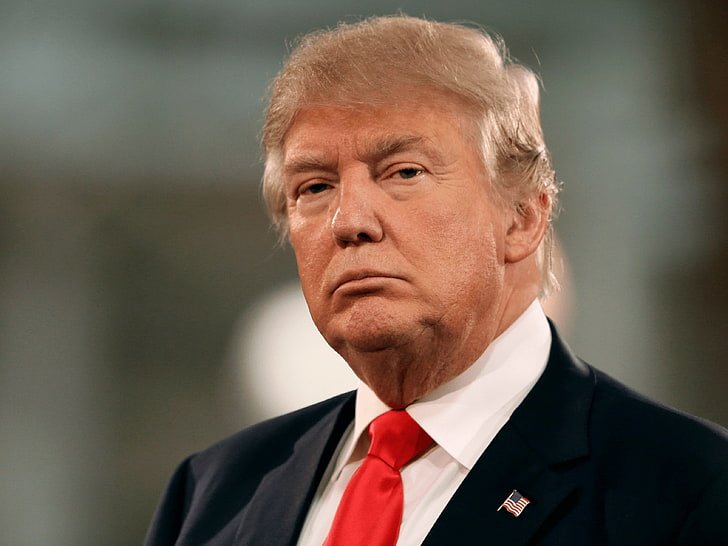Pakistan’s Auto Industry Revs Up: Car Sales Surge 35% in May 2025
Pakistan’s auto industry experienced a remarkable rebound in May 2025, signaling a promising shift in consumer confidence and economic recovery. According to the latest data released by the Pakistan Automotive Manufacturers Association (PAMA), car sales across the country reached 14,762 units during the month—an impressive 35% increase compared to May 2024 and a 39% jump from the previous month of April 2025.
This renewed momentum is a welcome sign for an industry that had struggled in recent years due to high inflation, elevated interest rates, and uncertainty in both local and global markets. However, with inflation gradually subsiding and interest rates easing, Pakistani consumers are once again showing a willingness to invest in new vehicles.
Significant Year-on-Year Growth
The performance of the auto sector in May 2025 reflects broader trends seen throughout the current fiscal year. Over the first 11 months of FY2025 (July 2024 to May 2025), cumulative car sales climbed to 126,226 units—representing a year-on-year growth of 39%.
This dramatic increase not only indicates a turnaround from the sector’s previous slump but also serves as a barometer for improved economic sentiment in Pakistan. Analysts suggest that this growth is largely fueled by three key factors:
-
Lower interest rates, making car financing more accessible and affordable.
-
A decrease in inflation, which has helped restore consumer purchasing power.
-
Improved economic indicators, including increased disposable income and rising business confidence.
Company-Wise Breakdown: Indus Motor Leads the Charge
Among the manufacturers, Indus Motor Company—which produces Toyota vehicles in Pakistan—emerged as the top performer in May. The company sold 4,829 units during the month, which is 2.4 times more than the sales recorded in May 2024. Compared to April 2025, Indus Motor’s sales jumped by 48%, showcasing strong consumer demand for Toyota’s locally assembled models such as the Toyota Corolla and Toyota Yaris.
Toyota’s reputation for quality and reliability appears to have resonated well with buyers amid improving financial conditions, making it the most sought-after brand of the month.
Last Flight: Family of 5Moving to London After Years of Effort Dies in Air India Plane Crash
Read This Articals
Honda Atlas and Pak Suzuki Show Strong Results
Honda Atlas Cars Pakistan Limited also showed notable performance. The company sold 2,005 units in May 2025, marking a 69% increase compared to the same month in 2024. Honda’s offerings, particularly the Honda Civic and City models, remain popular among middle- and upper-middle-class buyers seeking performance, comfort, and brand value.
Meanwhile, Pak Suzuki Motor Company, one of the largest players in the local market and a favorite among first-time buyers, posted 5,519 units in sales during May 2025. This figure represents a 38% increase from April 2025, highlighting growing demand for economy vehicles such as the Suzuki Alto, Wagon R, and Cultus.
Pak Suzuki’s relatively affordable lineup and strong nationwide service network have helped maintain its position as a market leader in the entry-level and compact car segments.
Sazgar Makes a Mark
Sazgar Engineering Works, known for assembling Chinese car brands and three-wheelers in Pakistan, also had a standout month. The company sold 919 units, a 67% month-on-month increase. While still behind the industry giants in volume, Sazgar’s steady growth reflects a growing appetite for alternative brands and innovative vehicle options, including hybrid and electric models.
Sazgar’s partnership with global automakers such as BAIC and Haval is proving fruitful, as Pakistani consumers begin to explore non-traditional car brands that offer value for money and modern features.
Motorcycles and Rickshaws: Strong Growth in Two- and Three-Wheeler Segment
The two- and three-wheeler segment also witnessed strong momentum. In May 2025, a total of 150,175 units of motorcycles and rickshaws were sold, showing a 26% increase compared to the same period last year.
This segment, which primarily caters to lower-income groups and rural populations, is often considered an economic indicator for grassroots mobility and affordability. Brands like Honda (Atlas Honda), United Motorcycles, and Road Prince continue to dominate this segment, offering cost-effective transport solutions in a country where public transport remains underdeveloped in many areas.
Rickshaw manufacturers also saw a spike in sales due to increasing demand for affordable ride-hailing and goods transportation services in urban and semi-urban areas.
Factors Behind the Growth
Several critical developments in the macroeconomic environment have contributed to this surge in automobile sales:
1. Lower Interest Rates
The State Bank of Pakistan (SBP) reduced the benchmark interest rate to stimulate economic activity and boost lending. This move made car financing more attractive for consumers and helped dealerships offer easier monthly installment plans.
2. Falling Inflation
Inflation, which had previously reached record highs, started declining steadily over the past few months. Reduced inflation means lower prices of essential goods, more disposable income, and a better ability to plan long-term purchases like vehicles.
3. Stable Currency
The Pakistani rupee has shown signs of stabilization in recent months, easing concerns about import costs for car components and helping auto companies maintain price levels without frequent hikes.
4. Improved Consumer Confidence
With signs of economic stability and better job market conditions, Pakistani consumers have become more confident in making significant purchases. The automotive sector is one of the first to benefit from this renewed optimism.
5. Government Incentives and Policies
The government’s push for local auto assembly and the promotion of electric vehicles (EVs) through policy frameworks like the Automotive Industry Development and Export Policy (AIDEP) 2021-2026 has begun to bear fruit. Relaxed duties on certain vehicle categories and incentives for local production have made cars slightly more affordable.
Challenges That Still Remain
Despite the impressive numbers, industry experts caution that the auto sector’s recovery is not yet guaranteed. Several challenges still loom:
-
Rising fuel prices, which could deter buyers from choosing fuel-based vehicles.
-
High vehicle prices, especially for imported and luxury segments, remain a barrier for many.
-
Dependency on imported parts, which exposes manufacturers to foreign exchange volatility.
-
Limited availability of financing options in rural and low-income areas.
-
Load-shedding and supply chain disruptions, which could impact production schedules.
Nonetheless, the current trends are encouraging, and most manufacturers are cautiously optimistic about the second half of 2025.
Impact on Related Industries
The boom in the auto industry has a ripple effect across several sectors. Local parts manufacturers, tire producers, lubricant companies, insurance providers, and banks offering auto financing are all benefiting from the uptick in vehicle sales.
Dealerships across the country are reporting increased foot traffic, with many needing to expand their staff and showrooms. Similarly, logistics companies are ramping up operations to meet demand for vehicle deliveries and parts distribution.
Auto mechanics and service stations are also witnessing more business, as new vehicle owners seek regular maintenance and accessories for their cars and bikes.
Future Outlook: What Lies Ahead?
Looking forward, Pakistan’s auto industry appears poised for continued growth, especially if the current economic indicators remain favorable. Some of the key trends to watch in the coming months include:
1. Electric and Hybrid Vehicles
The demand for hybrid and electric vehicles is slowly rising in urban centers due to high fuel prices and growing environmental awareness. Brands like Hyundai, Haval, and Kia are expected to introduce new models to capture this niche market.
2. Increased Localization
Auto manufacturers are planning to localize more parts and components to reduce dependence on imports and mitigate the effects of currency fluctuations. This will help lower production costs and potentially vehicle prices.
3. Expansion of Financing Options
Banks and fintech companies are exploring innovative financing solutions to cater to a broader demographic, including self-employed and rural customers.
4. Technological Advancements
Newer models are being launched with advanced features such as infotainment systems, driver assistance, and improved safety technologies—aligning Pakistani vehicles with international standards.
5. Exports Potential
With policy incentives in place, some companies are exploring the possibility of exporting locally assembled vehicles to nearby markets like Afghanistan, Sri Lanka, and Central Asia.
Final Thoughts
The 35% growth in car sales and the 26% surge in bike and rickshaw sales in May 2025 offer a much-needed boost to Pakistan’s automotive industry. It signals a return of consumer confidence and a positive trajectory for the economy. Manufacturers, investors, and policymakers must now work together to ensure that this momentum is not only sustained but expanded upon.
While challenges remain, the resilience of the market and the response of consumers indicate that Pakistan’s auto industry may be entering a new era of opportunity, growth, and modernization. With continued reforms, incentives, and focus on innovation, the sector has the potential to become a key pillar of national economic development.




